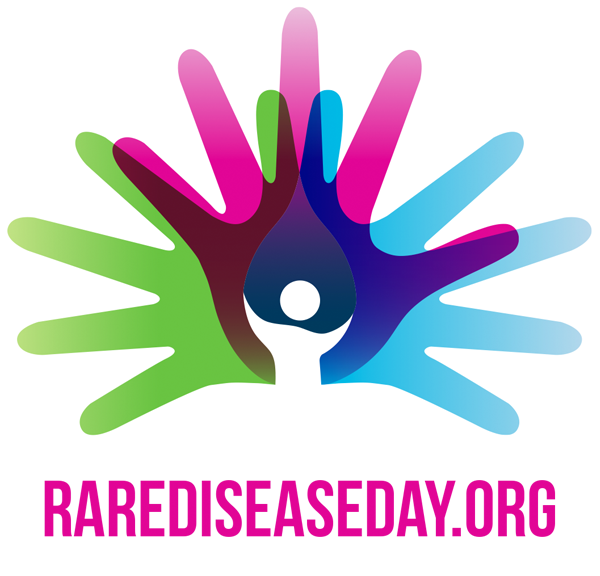
Rare disease day falls on the last day of February every year.
The National Congenital Anomaly and Rare Disease Register (NCARDRS) has been working with stakeholders in the rare disease community to find out what our rare disease priorities should be.
The answer that comes up again and again is “to count the number of people living in England with rare disease X”.
Although each of the 6000+ recognised rare diseases affect less than 1 in 2000 of the UK population, collectively rare diseases are not rare and approximately 3.5 million people in the UK suffer from them.
More data is being collected about our health than ever before. Some data sources contain a small amount of data about a lot of people, like Hospital Episode Statistics and prescription data. Other sources meanwhile contain a mind-boggling amount of data on a smaller number of individuals, like molecular genetic data. Naturally people might imagine that with all of the available data, questions like that have already been answered and if they have not, shouldn't it be just a matter of looking for the answer in the right place?
The challenges of collecting data on rare diseases
There are many challenges associated with collecting data on rare diseases. Fragmented data systems pose logistical obstacles and routine health data is coded in a way in which rare diseases cannot be identified easily or at all.
People are diagnosed with rare diseases throughout their lifetime – from before they’re born until well into old age and the diversity of rare disease means that people can be under the care of virtually any medical speciality.
And finally, there is the sheer number of rare diseases – 6000 to 8000 – of which over 4000 fall under the remit of us in the NCARDRS.
As a result of these challenges, very little is currently known about a large proportion of rare diseases, including the number of individuals who have been diagnosed with a particular condition. The national registration of these conditions and collection of information about them is crucial in advancing our knowledge, and subsequently enabling improvements in the care and medical treatment of people living with a rare disease.
The role of NCARDRS
NCARDRS has made great strides in data collection of congenital anomalies, some of which are rare diseases, since Public Health England took over congenital anomaly registration in 2015.
We’ve done this by building records from multiple data sources until the clinical narrative is complete. This approach will be the same for other rare diseases, but will take time.
In the meantime, we are taking a pragmatic approach and are collaborating with others in the rare disease field so that our work is joined-up.
We are identifying where relevant data is less difficult to collect and starting there . For those diseases where data collection is more difficult, we are harnessing the energy and curiosity which drives many of those in the rare disease field to help us find new, sustainable means to collect the information we need.
For example, our current work includes a proof of concept project on Wilson’s Disease, a disorder of copper metabolism which can have a devastating effect if it is not diagnosed early. Working with the Wilson’s Disease Special Interest Group, we are carrying out a project to identify all cases of Wilson’s Disease in England and a way to make reporting of cases diagnosed in future to NCARDRS routine.
This is a first and the data we collect will help inform how healthcare is delivered for patients with Wilson’s Disease as well as how data can be collected on similar diseases.
Ongoing work and responding to data requests
Case study: Using available data to estimate how many people with Rett Syndrome live in the UK
Though NCARDRS data collection on rare disease is in its early days, we are responding to requests for information if we feel that we can give a reliable answer.
Recently we were asked by Rett UK if we could tell them how many people with Rett Syndrome live in the UK. Interrogating the data available to us, we were able to estimate that there were around 900 (1.6 per 100,000 population) people living in England (which means round 1069 people in the UK).
“Great to have connected with the rare disease team at Public Health England to try to establish the number of people with the rare disorder, Rett syndrome, in the UK. As a patient charity, we are trying to ensure that we are reaching every family affected by Rett syndrome. When you are living with a rare disorder, access to support and information can be life changing. No one should have to face this on their own. Many thanks to NCARDRS for helping us with this work.” Becky Jenner, Rett UK CEO
Addressing the challenges of collecting data on rare diseases is still very much in its infancy. We need to continue to collaborate with organisations in the field to identify approaches we can take to obtain the necessary information.
This will ultimately facilitate better, more targeted healthcare, benefiting those living with rare disease and their families.
